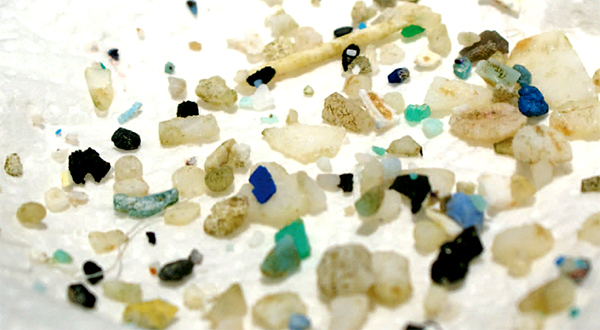Eunomia has created an infographic which brings together some of the key findings from its recent research on the sources of marine plastics and includes a new estimate of annual global emissions of primary microplastics.
Eunomia compiled a report of their research which shows an astounding 94 percent of the plastic that enters the ocean ends up on the ocean floor, with an estimated 70 kilograms of plastic per square kilometer of sea bed on average. The report thus highlights a common misunderstanding in which ocean plastic is often portrayed as a Texas-sized garbage patch floating in the middle of the ocean.
According to the report, over 80% of the annual input comes from land-based sources. The main contributor is larger plastic litter, including everyday items such as drinks bottles and other types of plastic packaging, but the importance of primary microplastic emissions is increasingly understood. The remainder comes from plastics released at sea, the majority as a result of fishing activities – for example, due to lost and discarded fishing gear.
Highlights
- 94% of the plastic that enters the ocean ends up on the sea floor. There is now on average an estimated 70kg of plastic in each square kilometre of sea bed.
- Despite the high profile of projects intended to clean up plastics floating in mid-ocean, relatively little actually ends up there.
- Barely 1% of marine plastics are found floating at or near the ocean surface, with an average global concentration of less than 1kg/km2.
- This concentration increases at certain mid-ocean locations, with the highest concentration recorded in the North Pacific Gyre at 18kg/km2.
- By contrast, the amount estimated to be on beaches globally is five times greater, and importantly, the concentration is much higher, at 2,000kg/km2.
- While some may have been dropped directly, and other plastics may have been washed up, what is clear is that there is a ‘flux’ of litter between beaches and the sea. By removing beach litter, we are therefore cleaning the oceans.
Explore more by reading the report
Source: Eunomia



































































